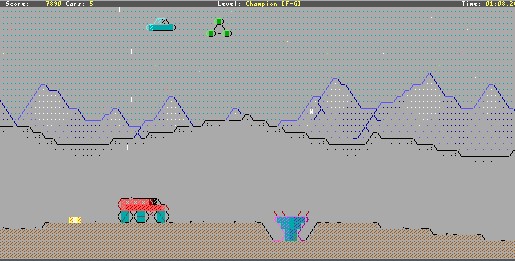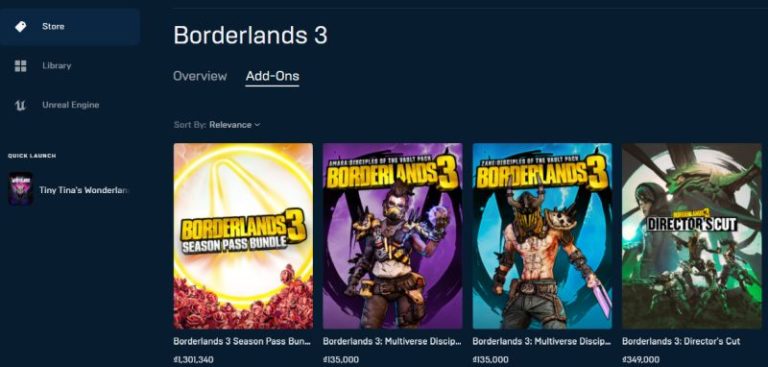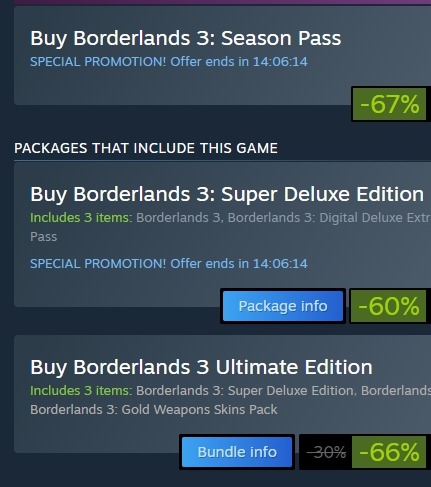What Are P2E Games?
The crypto craze has reached every corner of the internet, and the gaming world is no exception. In recent years, an increasing number of game developers have embraced crypto and NFTs, resulting in a range of new “play-to-earn” (P2E) games. In these games, players can use their skills to earn real-world rewards in the form of cryptocurrency or NFTs. This new model of gaming offers a significant departure from the traditional “play-to-win” approach.
Table of Contents
What is a P2E Game?
Many people are already familiar with the concept of cryptocurrency, but the world of NFTs is still relatively new. NFTs, or non-fungible tokens, are digital assets that cannot be exchanged for other assets of the same type. In other words, each NFT is unique and cannot be replaced by another.

This makes them ideal for use in games, where players can earn and trade unique items. P2E games take this concept one step further by integrating cryptocurrency and NFTs into the gameplay itself. Often, players can earn crypto by completing in-game tasks or objectives. These earnings can then be used to purchase other in-game items, such as characters or weapons. As a result, P2E games offer a truly unique gaming experience that allows players to earn real-world value from their gameplay.
Play-to-earn games have been around for a while, but they are becoming increasingly popular due to the rise of non-fungible tokens (NFTs). In these games, players can earn items through gameplay and then trade or sell them to other players. This is possible because many of the items in these games are NFTs. And this is what sets it apart from other business models.
Play-to-earn games offer a lot of advantages over traditional free-to-play games.
- They give players the opportunity to earn real money by playing the game.
- They provide a more level playing field for all players, regardless of whether they are paying customers or not.
- Finally, play-to-earn games often have a better chance of getting more investing in graphics and gameplay than traditional free-to-play games.
With play-to-earn games, players are rewarded for their time and effort, rather than for simply spending money on in-game microtransactions. In addition, play-to-earn games have the potential to provide a steadier income for game developers, as they are not reliant on microtransactions to generate revenue. As the gaming industry continues to evolve, it will be interesting to see how play-to-earn games change the landscape.
Example of a P2E Game: Axie Infinity
When it comes to the P2E model, most people will think of Axie Infinity. Axie Infinity is a digital pet universe where players can own, breed, and battle cute creatures called Axies. These Axies are stored on the Ethereum blockchain as NFTs. In addition to breeding and battling, players can also earn rewards by completing in-game quests. Quests range from simple tasks, such as catching a certain number of fish, to more complex objectives, such as defeating a boss character.
Players can use the rewards they earn from quests to purchase new items or upgrade their existing ones. For example, players can use the Ethereum they earn to buy new Axies or upgrade parts for their Axies. In addition, players can also trade their rewards with other players in exchange for different items.
Axie Infinity’s in-game economy is one of its most interesting features. Unlike many free-to-play games, where all the money flows from the players to the developers, in Axie Infinity players can also earn money by selling their surplus resources or breeding rare Axies. This allows for a more balanced economy and provides an incentive for players to keep playing the game.
Additionally, some people even make a living off playing Axie Infinity, which further demonstrates the game’s potential as an earning opportunity. Consequently, the game’s in-game economy is one of its most interesting and unique features.
Do You Own Your In-Game Assets?
The existence of NFTs is problematized by the fact that they are only as good and secure on their servers. Imagine the worst-case scenario where you own an NFT, but there’s no way for anyone to get their hands on them because of some unforeseen server failure. In this case, all your hard work goes up in smoke and becomes completely inaccessible!
This has already happened on several occasions, and it is a major flaw in the system. When you buy an NFT, you are not buying a physical object that you can hold in your hand; you are buying a digital file that is stored on a server. If that server crashes or is hacked, your NFT could be lost forever.
It is important to note that, even though you may own your in-game assets, the game developers still have control over the game itself. This means that they can make changes to the game that could potentially render your assets useless. For example, if a game developer decides to shut down a game, all of the in-game assets would become worthless.
Additionally, it is also important to remember that blockchain games are still in their early stages of development. As such, there are bound to be some bugs and glitches. And while most developers are honest and try to fix these issues, there have been some cases where developers have taken advantage of these glitches to steal people’s in-game assets.
So, while play-to-earn games do offer some advantages over traditional free-to-play games, it is important to remember that there are also some risks involved.



